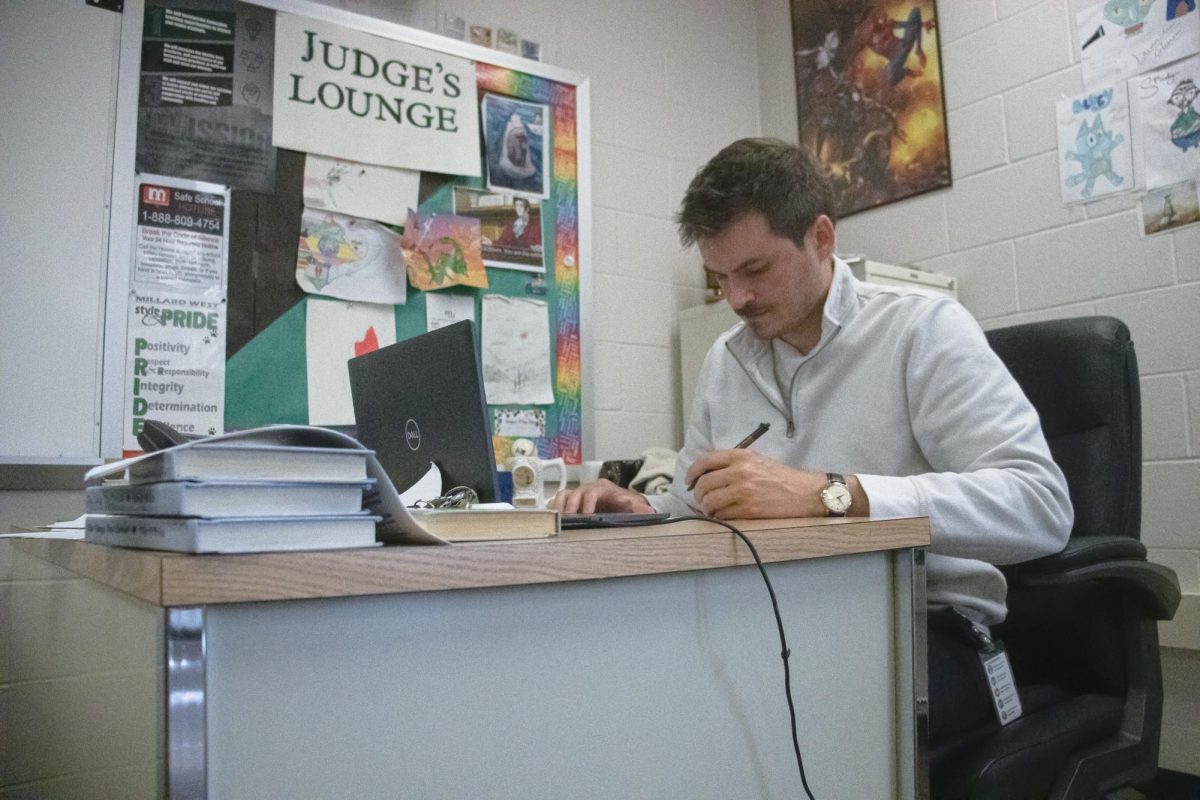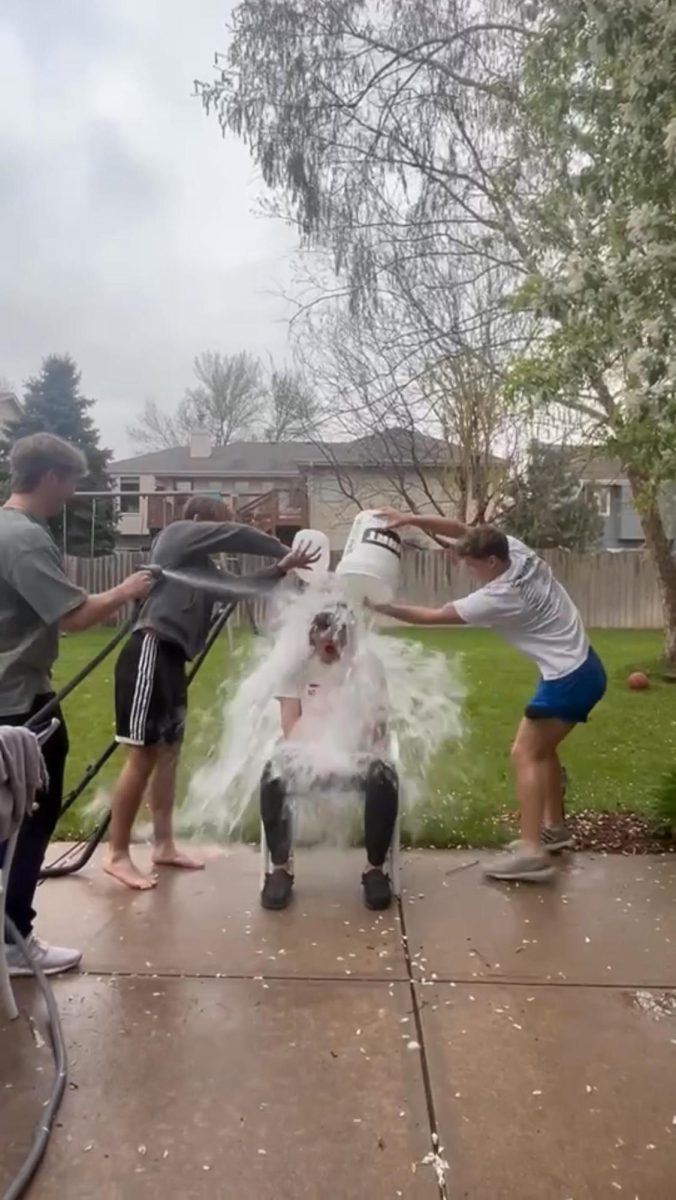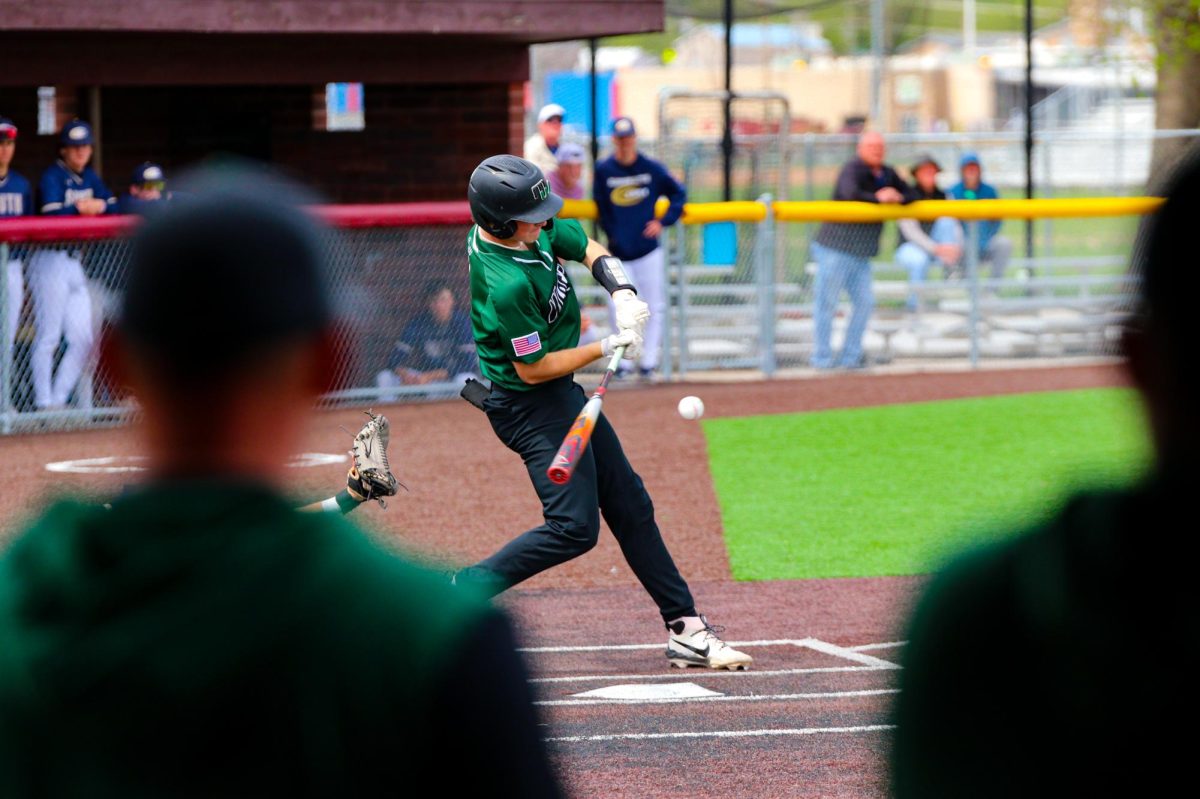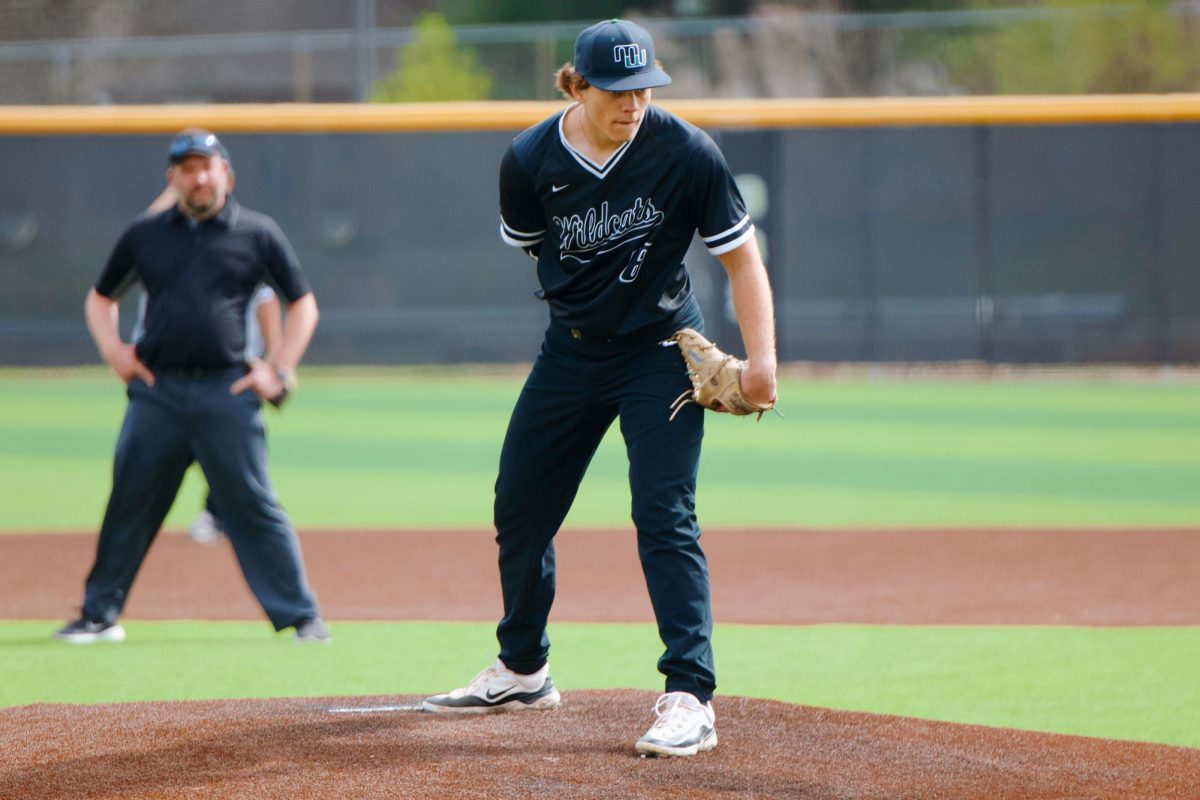Each year, for 22 days, millions of people across the country turn their eyes to the most entertaining tournament on Earth: Sixty-four teams, six rounds and one trophy. March Madness is a staple in American popular culture.
With 65 total games spanning the entire tournament, there are many opportunities to catch a game but there’s one issue. For many students, the game they want to see will fall during school hours. In 2023, 16 games fell into this category in the round of 64 alone, leaving fans of 32 teams without a way to watch their team’s season-defining matchup.
While some educators embrace the culture and support their student’s efforts to watch the games, most don’t allow the activity. This attitude towards the games only pushes students to conceal their methods of viewing the games, not to drop watching them entirely.
While it is necessary to maintain a focused learning environment, there are very tangible benefits to bringing “The Big Dance” into the classroom.
Instead of fighting the students’ desire to watch the tournament, educators can embrace it and teach students valuable lessons along the way. According to TeachingChannel, teachers can have students predict the outcomes of the games with important math skills. This will not only show students the power of statistics and predictive metrics but also the variability that can occur.
Another option is to run a bracket challenge within the class and showcase how low the odds of the perfect bracket truly are. It is important for teens to understand how odds work easily in order to combat future gambling problems, according to Raising Children Network.
The tournament provides a unique opportunity to show young people the danger that betting has. The odds of filling out a perfect NCAA bracket are about 1 in 9223372036854775808, according to the NCAA. The tournament is the perfect way to show students the immense amount of variability that exists even when one team is favored.
Teachers of other subjects can take the opportunity to run tournaments that relate to their own subjects. According to TCEA, March Madness can be brought into the classroom with a tournament of the most popular book titles within the school’s library. Engaging activities like this can connect with students on a more personal level.
The truth is, March Madness can easily be turned from a distraction into an activity that fosters critical thinking and real-world applications. Teachers can embrace the event, and work it into their lessons to create an appealing and entertaining environment for students.
This year, schools should take advantage of the chance to make the month of March special for students. With so many different learning opportunities, everyone has something more to gain from the big dance than just a phone being taken away.














